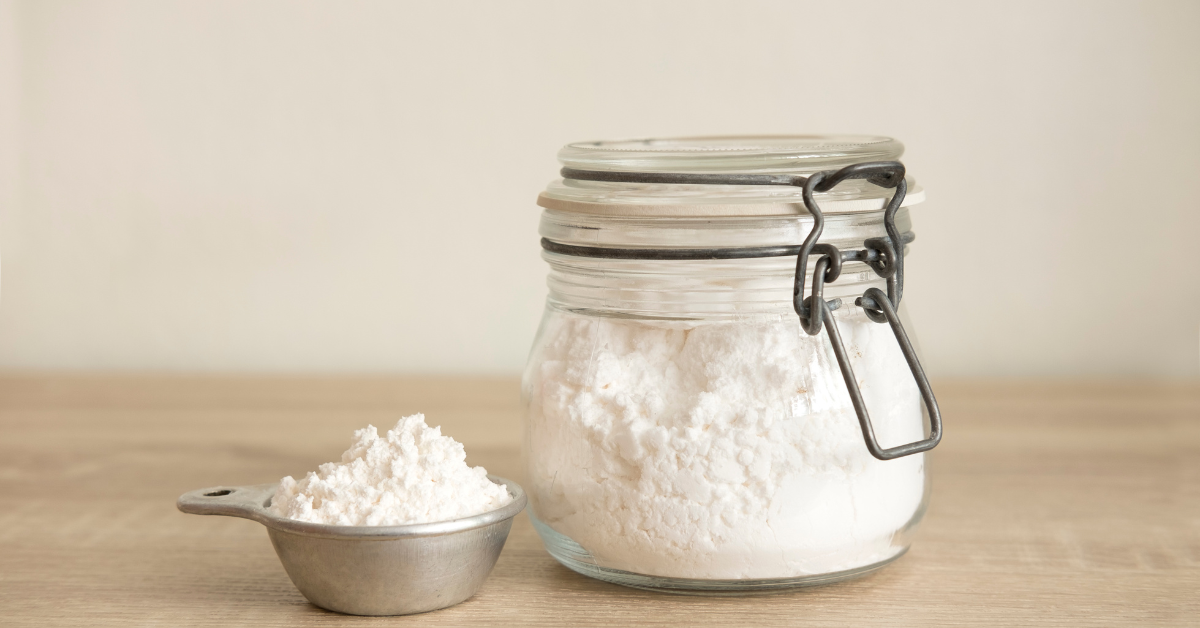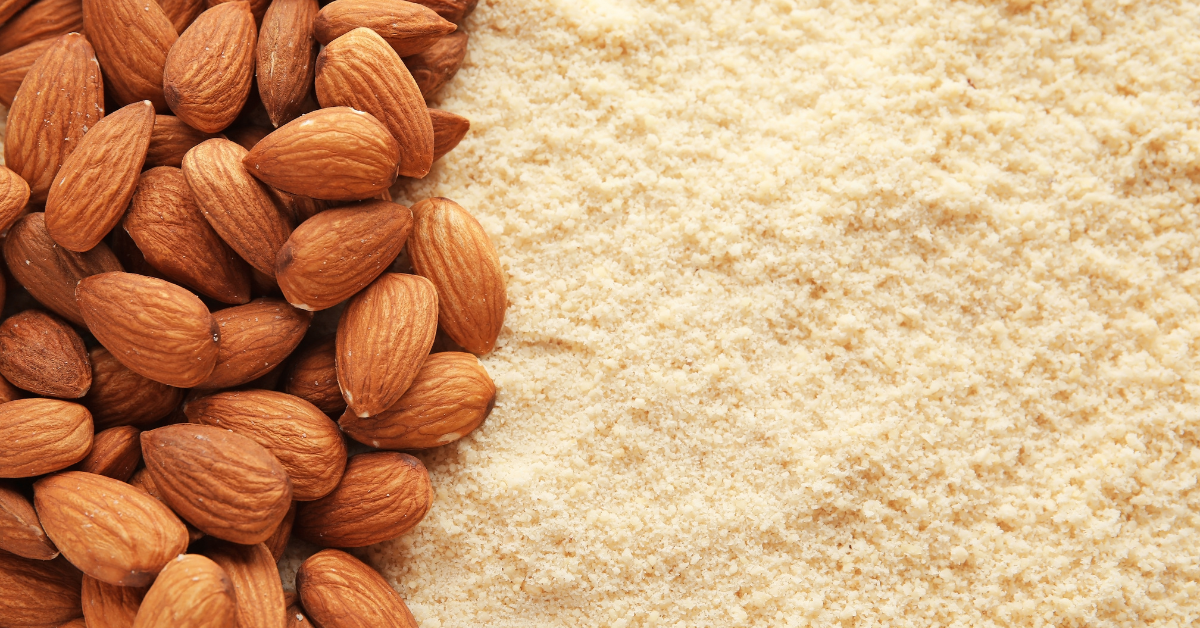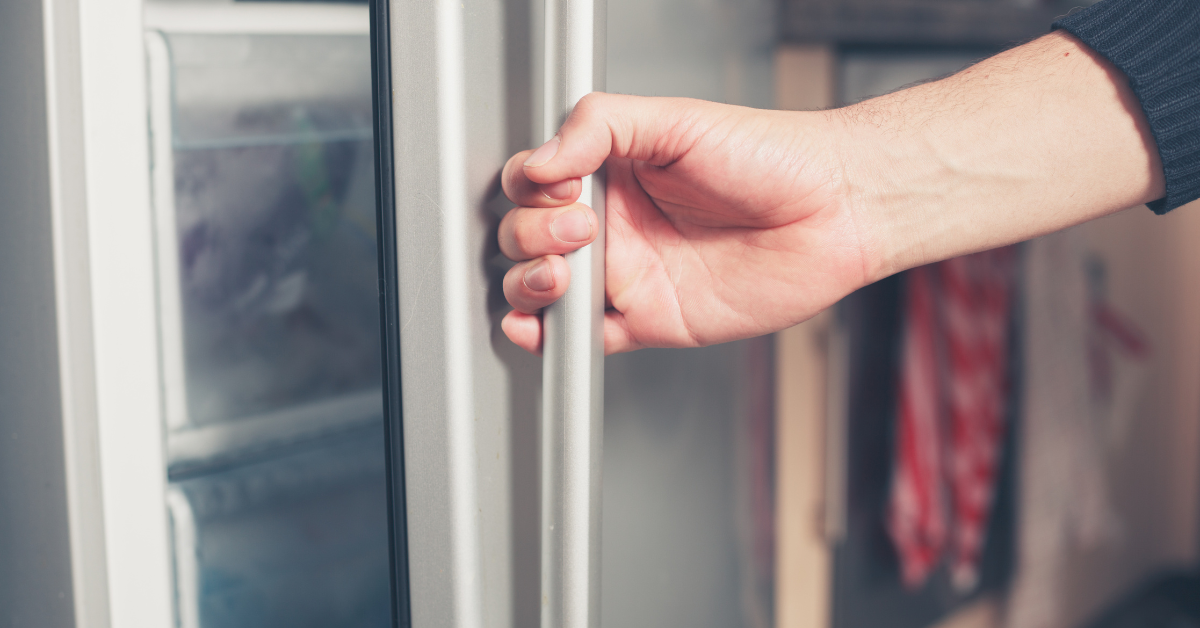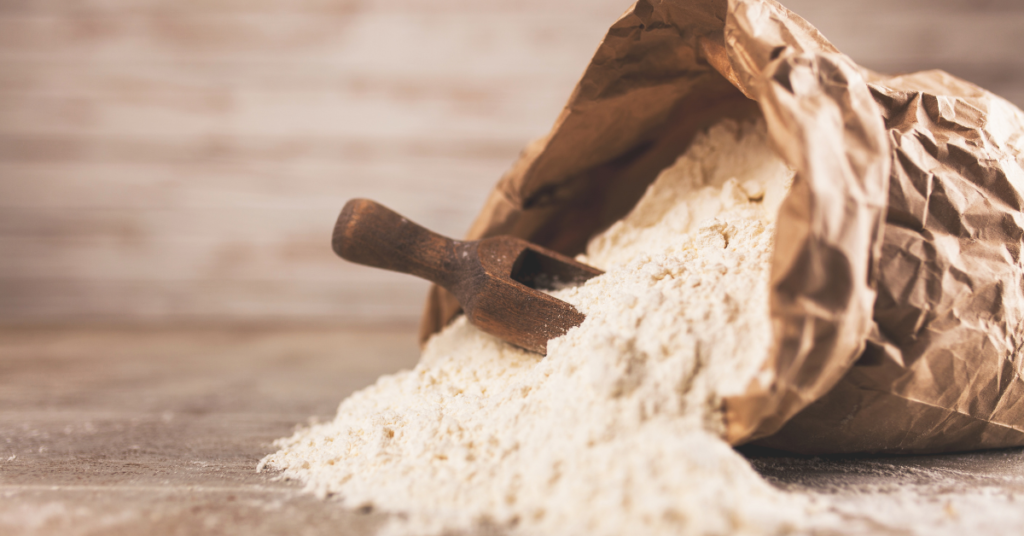Properly storing flour long term is essential to maintain its freshness and quality. Whether you’re a professional baker or simply enjoy baking at home, understanding the importance of proper flour storage can help you avoid spoilage and ensure the best results in your recipes.
Read more now to know how to store flour long term!
Importance of Storing Flour Properly
Storing flour properly is crucial for several reasons:
- Prolong Shelf Life: Flour, like any other food product, has a limited shelf life. By storing it correctly, you can extend its shelf life and avoid the risk of it becoming rancid or infested with pests.
- Maintain Freshness: Proper storage prevents exposure to moisture, which can cause flour to clump and become lumpy. It also helps retain the flour’s flavor, texture, and nutritional value.
- Save Money: By storing flour properly, you can avoid waste and extend the usability of your flour, ultimately saving money by not having to replace spoiled or stale flour.
The Difference in Storage Needs for Various Types of Flour
Different types of flour may have specific storage requirements due to variations in their composition, moisture content, and susceptibility to rancidity. Here are some guidelines for storing common types of flour:
| Type of Flour | Ideal Storage Methode |
|---|---|
| All-Purpose Flour | Store in a cool, dry place in an airtight container. |
| Whole Wheat Flour | Refrigerate or freeze to maintain freshness due to its higher oil content. |
| Cake Flour | Store in an airtight container in a cool, dark place. |
| Self-Rising Flour | Keep tightly sealed in a cool, dry location away from moisture. |
By understanding the specific needs of different types of flour and following proper storage practices, you can ensure that your flour remains fresh and ready to use whenever you need it.
Understanding Flour and Its Shelf Life
Flour is a pantry staple that is used in a variety of recipes, from bread to cakes to pastries. It’s important to understand how to store flour properly to ensure its quality and freshness over time.
How Long Does Flour Last
The shelf life of flour depends on its type and how it is stored.
All purpose flour can last typically 1-2 years when stored in a cool, dry place such as a pantry.
Whole wheat flour has a shorter shelf life of around 6-8 months due to the higher oil content that can make it go rancid faster.
Specialty flours, such as almond or coconut flour, have a shorter shelf life and should be stored in the refrigerator or freezer for extended freshness.
The best way to store flour for the long term is storing it in an airtight sealed container or resealable bag to prevent moisture and pests from getting in. Keep it away from direct sunlight and heat sources that can accelerate spoilage.
Signs of Spoiled Flour
When flour goes bad, it can develop an unpleasant odor or taste. It may also become clumpy or moldy. If you notice any of these signs, it’s best to discard the flour as using spoiled flour can affect the taste and texture of your baked goods.
Flour can go bad, but another way to ensure the long-term storage of your flour is by freezing it. Freezing can extend the shelf life of flour up to 2 years. Just make sure to remove the flour bag and transfer the flour into an airtight container or freezer bags before placing it in the freezer.
In summary, proper storage techniques are essential for prolonging the shelf life of your flour.
By understanding its shelf life, signs of spoilage, and utilizing proper storage methods such as using airtight containers and freezing, you can ensure that your flour remains fresh and ready to use for an extended period of time.
The Basics of Flour Storage
Storing flour properly is essential to maintain its freshness and quality. Whether you are a professional baker or just enjoy occasional cooking, following these guidelines will help you keep your flour in optimal condition for a longer period.

The Drawbacks of Paper Bags
The most common type of packaging for flour is paper bags. While these bags may protect the flour from moisture and light to some extent, they are not airtight. This means that over time, air can seep into the bag, causing the flour to become stale and potentially infested with pests. Additionally, paper bags can easily tear or get damaged, exposing the flour to external elements. For fresh flour, store flour properly in airtight container, plastic bag like ziplock bags or vacuum bags and seal flour.
The Need for Airtight Containers or Bags
To ensure long term food storage of flour, it is recommended to transfer it to airtight containers or bags. These containers prevent air from entering and moisture from escaping, keeping the flour fresh and free from contaminants.
Plastic containers with tight-fitting lids or resealable plastic bags are great options for storing flour.
Glass jars with airtight seals can also be used, but it is important to ensure that they are free from any moisture or residue that could spoil the flour.
Another alternative is using vacuum-sealed bags or containers that remove all the air from the packaging, further extending the shelf life of the flour. Investing in these storage options will help you maintain the quality and flavor of your flour for an extended period.
In summary, proper storage of flour involves transferring it to airtight containers or bags to prevent air and moisture from affecting its quality. With the right storage methods, your flour can stay fresh and ready to use whenever you need it.
Best Way To Store Flour Long Term
If you’re looking to storing flour long term, here are some key considerations and recommendations to ensure its freshness and prevent spoilage.
Recommendations for Containers and Additional Protection Measures
- Airtight Containers: To keep flour fresh, store it in airtight containers that prevent moisture and pests from getting in. Plastic or glass containers with tight-fitting lids are ideal for this purpose.
- Food-Grade Buckets: If you have large quantities of flour to store, consider using food-grade buckets with sealed lids. These buckets are designed to keep contaminants out and maintain the quality of the flour.
- Vacuum Sealing: Using a vacuum sealer can remove air and prevent moisture from entering the container. This method is especially useful for long-term storage of flour.
- Temperature Control: Flour should be stored in a cool and dry place, away from direct sunlight and heat sources. Ideally, the temperature should be below 75°F (24°C) to prevent spoilage.
- Pest Prevention: To protect your flour from pests, add a few bay leaves or cloves to the container. These natural repellents can discourage insects from infesting the storage area.
- Rotate Stock: If you’re storing flour long term, make sure to rotate your stock regularly to ensure you use older flour before newer ones. This practice helps maintain freshness and prevents waste.
Remember that flour has a limited shelf life, even under proper storage conditions. It’s important to check for any signs of spoilage, such as unusual odor or mold growth, before consuming stored flour.
By following these recommendations, you can ensure that your stored flour remains fresh and usable for an extended period, saving you money and ensuring you always have a supply on hand when needed.
To Recap:
| Key Points |
|---|
| Use airtight containers or food-grade buckets |
| Consider vacuum sealing for long-term storage |
| Store in a cool and dry place, away from heat and sunlight |
| Add natural pest repellents, such as bay leaves or cloves |
| Rotate your stock regularly to maintain freshness |
| Check for any signs of spoilage before use |
Special Considerations for Whole Grain and Nut Flours

Why They Spoil Faster
Whole grain and nut flours have a higher oil content, which makes them more susceptible to spoilage compared to refined white flours. The oils in these flours can quickly turn rancid, resulting in an unpleasant taste and smell. This is why it is essential to store them properly to maintain their freshness and quality.
Tips for Prolonging their Freshness
- Store in Airtight Containers: Transfer whole grain and nut flours into airtight containers to prevent moisture and air from reaching them. This will help preserve their freshness for a longer period.
- Keep in Cool and Dark Place: Flours, especially whole grain and nut flours, should be stored in a cool and dark place. Exposure to light and heat can accelerate their spoilage. Consider storing them in a pantry or a cupboard away from direct sunlight.
- Refrigerate or Freeze: For even longer-term storage, you can refrigerate or freeze whole grain and nut flours. Make sure to use freezer-safe bags or containers and label them with the date of storage.
- Check for Signs of Spoilage: Regularly check your stored flours for any signs of spoilage, such as off odors or strange colors. If you notice any, it’s best to discard them to prevent any risk of consuming spoiled flour.
Follow these tips so you can ensure that your whole grain and nut flours stay fresh and flavorful for an extended period.
Preventing Pest Infestations
Storing flour long term can be a challenge, especially when it comes to preventing pest infestations.
The Freezer Method to Kill Pests

This method for storing flour keeps your flour fresh and free from unwanted guests:
- Seal your flour properly: Invest in sealed airtight containers or resealable bags, like mylar bags, to ensure that no pests can get in. Make sure to remove as much air as possible before sealing. You can put oxygen absorbers to your vacuum seal bag.
- Store in cool and dry places: Moisture is the enemy of flour. Keep your flour in a cool and dry place, away from heat sources like the stove or oven. This will not only prevent pest infestations but also help maintain its quality. Or freeze the flour in clean airtight containers or bags.
- Check for signs of pests: Regularly inspect your stored flour for any signs of pests, such as small holes or webbing. If you notice any signs, dispose of the infected flour immediately to prevent further infestations.
- Clean your storage area: Regularly clean and vacuum the area where you store your flour to remove any crumbs or potential food sources for pests.
- Use bay leaves: Placing a few bay leaves in your flour container can help repel pests due to their strong odor.
In the freezer you can successfully store a large amount of flour long term and prevent pest infestations. This will ensure that your flour remains fresh and safe to use whenever you need it without your flour to go bad.
You can do the freezer method also for just a few days to prevent flour bug present and prevent the eggs from hatching. (1)
Conclusion
Storing flour long-term requires a blend of knowledge and practical application. From understanding the distinct storage requirements of various types of flour to implementing effective measures against pest infestations, it is clear that the way you store your flour can greatly influence its freshness, flavor, and shelf life.
Whether you are a seasoned baker or someone who stocks up on flour for occasional culinary adventures or, mastering the art of flour storage will ensure that every time you reach for that container, you’re using the best quality ingredient available.
It’s not just about prolonging the life of your flour, but also ensuring that your baked creations are always at their finest. Now you know how to store flour long term. Remember, a little care in storage goes a long way in baking.
And if you’re interested in storing rice, check out our article about How Long Does Rice Last that.
Happy baking and may your flour always be fresh!



